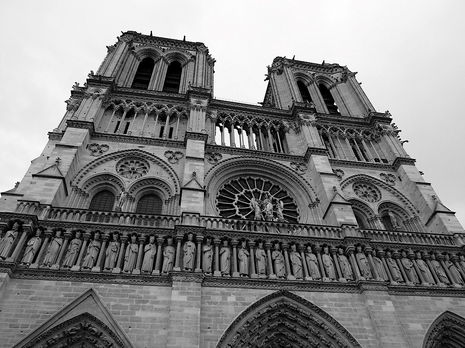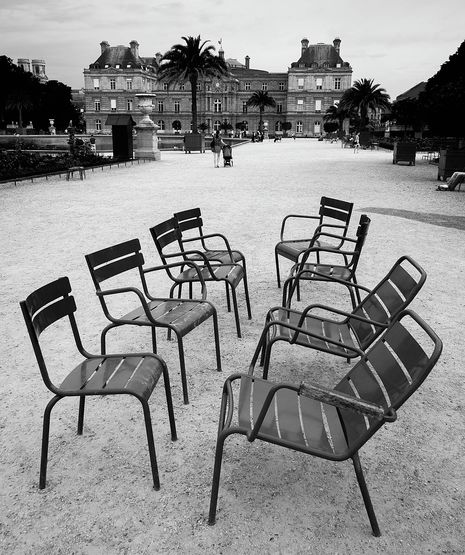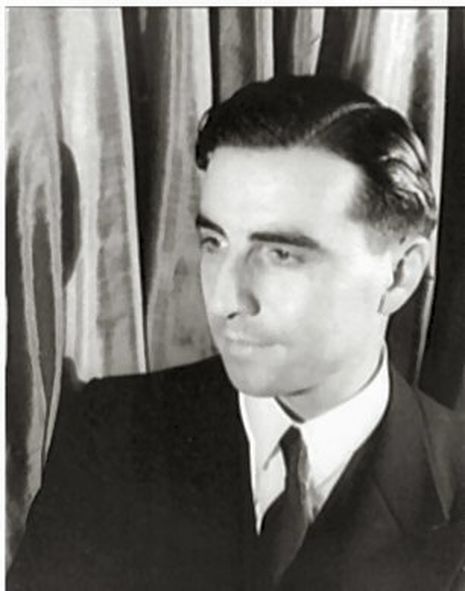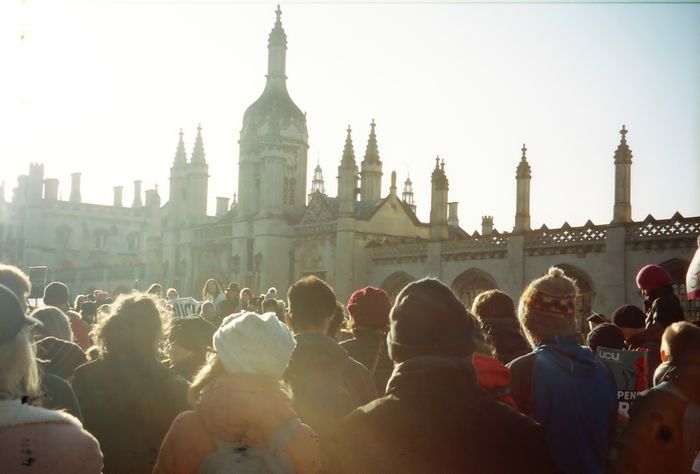Book Review: Julian Green’s Paris
Ava Wilson reviews Julian Green’s Paris in the context of the current COVID-19 restrictions.

“J’ai bien des fois rêvé d’écrire sur Paris un livre qui fût comme une grande promenade sans but où l’on ne trouve rien de ce qu’on cherche, mais bien des choses qu’on ne cherchait pas.”
[“I have often dreamed of writing a book about Paris that would be like one of those long, aimless strolls on which you find none of the things you are looking for but many that you were not looking for.”]
So Julian Green begins his memoir, with a dream-like wander through antebellum Paris. He brings us along a mid-afternoon stroll through pre-war Passy, shepherds us into a cool church on a sweltering summer day, and gives a tour of the city’s museums and their most interesting objects.
"The worse I am threatened, the lovelier I become."
Paris provides us with a way of travelling and exploring during the time when we are confined to our own homes, and so makes an excellent term-time lockdown reading. Reading it with a small tourist’s map of Paris in hand, I followed the paths of his flânerie [leisurely stroll], reminiscing about the places I have visited and imagining those I have not.
However, Paris is more than a travel guide. In fact, it is a reflection and an exercise in introspection. It reminds us of the importance of slowing down and appreciating beautiful things, and letting their loveliness warm us – the importance of being flâneurs [observers], and not badauds [gawkers].
Written beautifully in French and published with an equally lyrical English translation, the novella is comprised of nineteen short chapters that can be read individually. Choose a section and let Green spirit you away for twenty minutes.
Although Paris is full of light vignettes, Green does on occasion dip into more grave reflections: he includes love letters that were written not in Paris but during a period of exile, when Green was forced to leave the city during the outbreak of the Second World War and the subsequent Nazi occupation of France. Lovestruck, yes, but also lovesick.
In Chapter Seven, Green finds himself in Notre Dame. Although he does not know it, this will be his last visit to the church before he flees Paris and the war. The scene is dark and stormy. Green describes the harshness of the light cast by a bare electric bulb and the cacophony of a grey canvas sheet flapping in the wind, shielding the famous rose window devoid of its stained glass. Louder than the storm outside in this tableau vivant [living picture], however, is the silence of a group of men at the altar, all cloaked in white. More arresting than the movement of the canvas is the stillness of the group of worshippers beneath them – keeping vigil, Green asks himself anxiously, for whom? He is disturbed by the scene and leaves almost immediately.

Returning five years later, he notices a large, plain wooden cross in the south arm of the transept, 'tall, bare, and overwhelming in its simplicity', and feels as though he has found the answer to his question. It is dedicated to the victims of Buchenwald concentration camp.

I was deeply moved by this passage, and felt as though, in some ways, Green’s position can be related to our own. Every time I turn on the news, I am reminded of those suffering due to this crisis. Lockdown does indeed feel like keeping a vigil. The atmosphere in town, with empty streets and closed shops, recalls Green’s words on the ruins of the Trocadero Palace mid-demolition: 'the theatrical air that is, so to speak, the panoply of major catastrophes'.
Of course, war and pandemic are very different; I am very fortunate, as the worst of this feels far from me. Like Green, I am shielded from harm, but exiled, restless. I was struck by the relevance of Green’s situation to that of many Cambridge students at the moment, unable to be in a place they love so much. Cambridge, like Paris for Green, still looms large in our lives. I am reminded of Varsity’s 'Love Letters to Cambridge' project in the Spring.
In the weeks and months ahead, we will all doubtless think about our favourite places in Cambridge. All Saints Garden is often in my thoughts – the little park on Trinity street, where there are tables, benches, a coffee cart, and in normal times, a market. I feel lucky to have enjoyed many mornings and afternoons there in Michaelmas, with my friends and boyfriend or reading on my own, clutching hot coffee and bundled up against the cold. If anything, the restrictions necessitated by this pandemic have made me more appreciative of the beautiful spaces in which we spend our time in Cambridge, although we only borrow them for a few hours, a few months, or the length of a degree. I again think of Green’s words, this time on the Val-de-Grâce church: 'The worse I am threatened, the lovelier I become'.
 Comment / Plastic pubs: the problem with Cambridge alehouses 5 January 2026
Comment / Plastic pubs: the problem with Cambridge alehouses 5 January 2026 News / SU stops offering student discounts8 January 2026
News / SU stops offering student discounts8 January 2026 Theatre / Camdram publicity needs aquickcamfab11 January 2026
Theatre / Camdram publicity needs aquickcamfab11 January 2026 News / Cambridge academic condemns US operation against Maduro as ‘clearly internationally unlawful’10 January 2026
News / Cambridge academic condemns US operation against Maduro as ‘clearly internationally unlawful’10 January 2026 Comment / What happened to men at Cambridge?31 December 2025
Comment / What happened to men at Cambridge?31 December 2025









